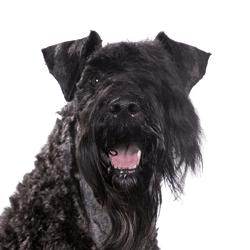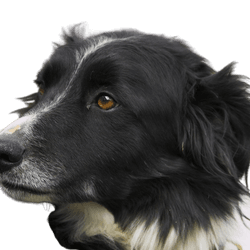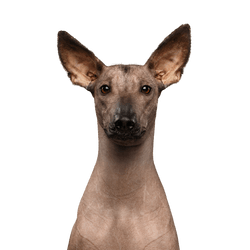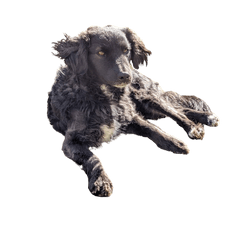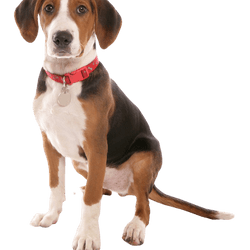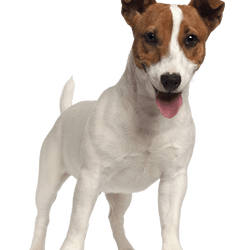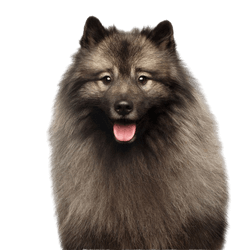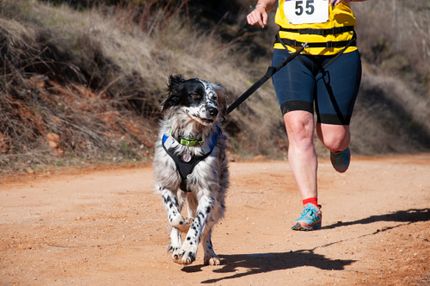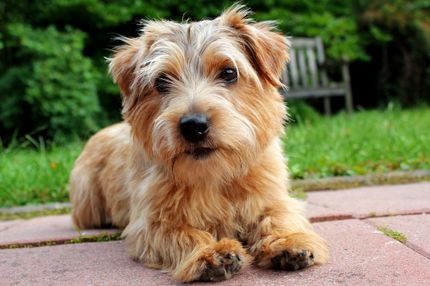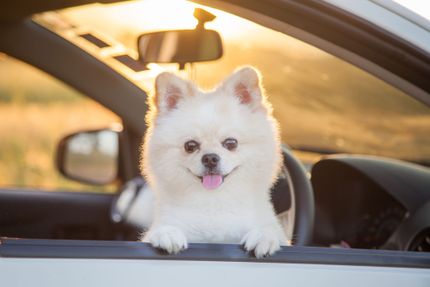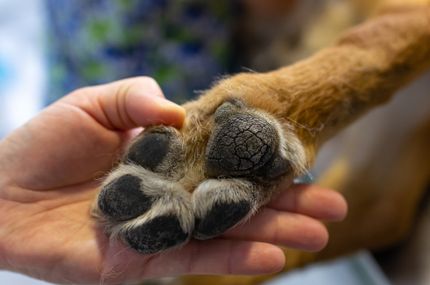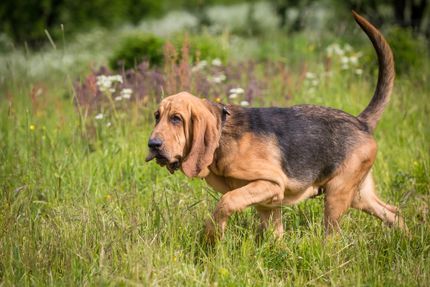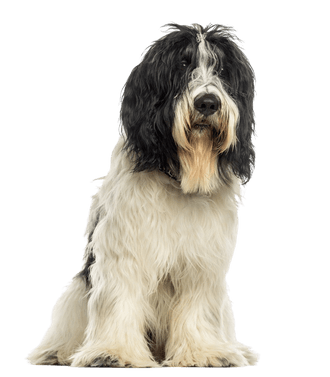
Schapendoes Breed description: Character & Co
Schapendoes
Facts & Origin
Schapendoes - Breed description
This agile dog is considered to be extremely temperamental, alert and always friendly. Translated, its name means something like "sheep poodle", the dog of the shepherds. In the meantime, however, Schapendoes have also become popular family dogs, although they are not yet so widespread in Germany.
What is the origin
The direct ancestors of the Schapendoes are unknown, but it is assumed that they originated from crosses of Nordic Spitz, Spanish Water Dogs, the Polish Duzy Ponad or the Russian Mountain Sheepdog. It is possible that the first Schapendoes existed 600 to 700 years ago.
In the Netherlands, the Schapendoes was considered a widespread herding dog of the moors for several centuries. At that time he was highly appreciated because of his tireless working spirit, intelligence and independent way of working. Since the last decades he has additionally established himself as a popular family member.
What are the breed characteristics of the Schapendoes?
The Schapendoes is classified by the FCI (Fédération Cynologique Internationale) in Group 1 of the "Herding and Cattle Dogs" under Section 1 "Sheepdogs". It is not a listed dog, which means that you do not need a compulsory dog licence. Schapendoezen are not registered as allergy dogs, but they shed relatively little compared to other breeds.
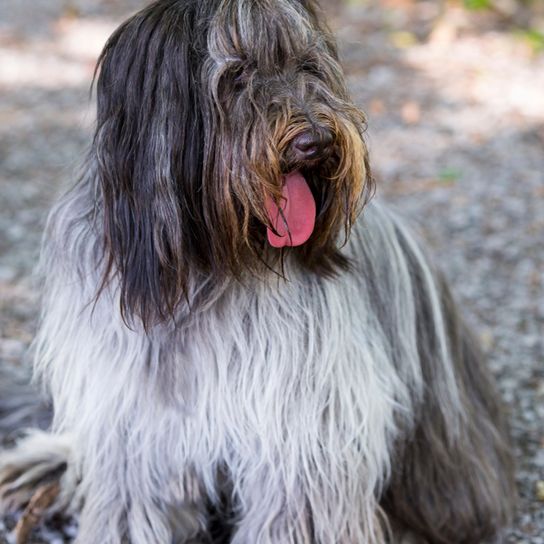
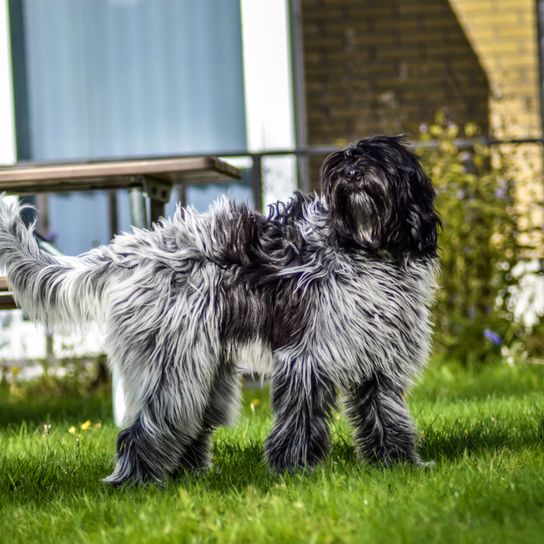
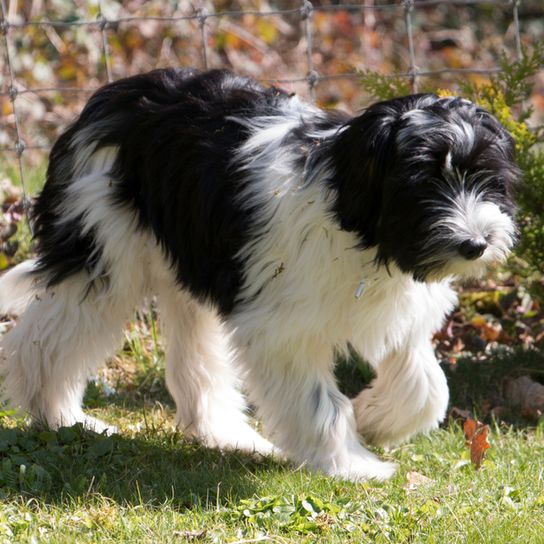
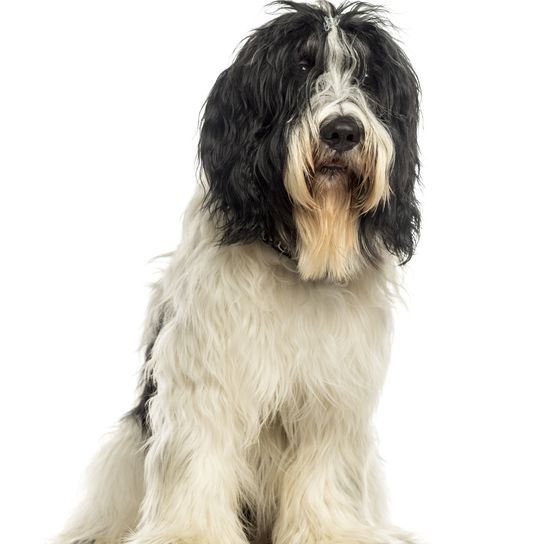
| Alternate Name | Dutch Schapendoes |
| Origin | Netherlands |
| Life expectancy | 13 - 15 years |
| Care requirements | high-maintenance |
| Activity level | high |
| FCI group | Sheepdogs |
| AKC group | Foundation Stock Service |
| KC group | not recognised |
Attitude, character and temperament of the breed
What are the typical characteristics of a Schapendoes?
Deep down it is an agile shepherd dog. Basically, it owes its good qualities to the Dutch shepherds who kept it accordingly. Due to its high intelligence, it was a great help to them in the field, perfectly balancing and applying its great agility, it will to work as well as its independence.
Even today, the Schapendoes is characterized by its liveliness and playfulness. These two characteristics therefore make it an ideal play partner for children. However, the four-legged friend will always remain a working dog, which is why a corresponding occupation is necessary. However, if you only want to go for short walks with its or keep the dog purely in the garden, you should rather consider another breed. Even Schapendoes puppies need a varied activity, which you can provide them in the form of a dog sport or a dog school.
Character
Usage
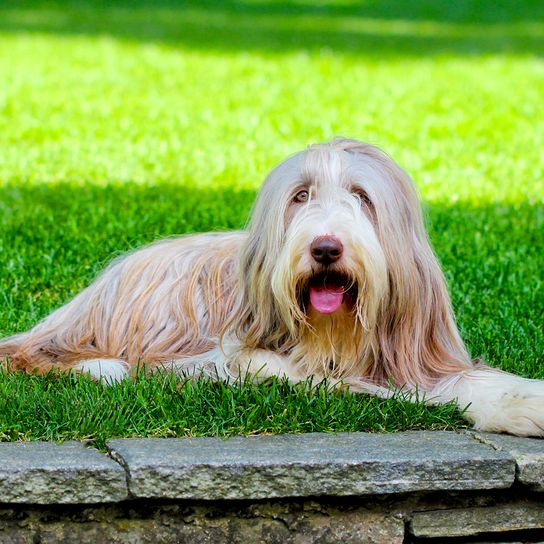
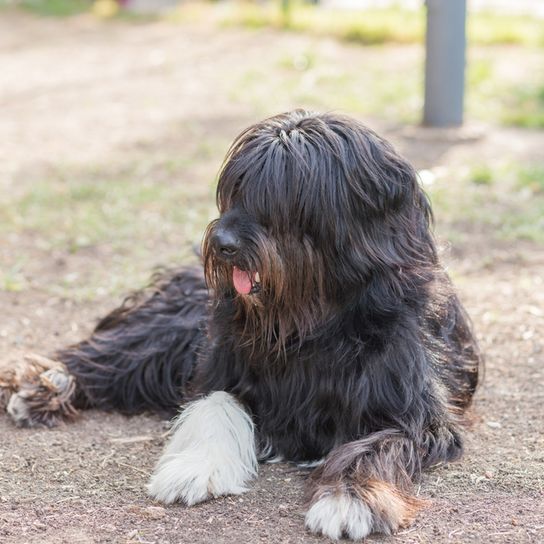

Health and breeding information
What are typical diseases of Schapendoes?
Basically, the Schapendoes is a robust and healthy dog breed. Any hereditary diseases are already being combated by the Schapendoes Interest Group through breeding. Nevertheless, the following typical breed diseases are possible, even if they are rare:
- Diabetes mellitus
- Lyme disease
- Hepatitis contagiosa canis
- heartworm disease
- Hay fever
- Eye and ear diseases
- Canine malaria
- Arthritis
- Hip dysplasia
- Rabies
- Parasites
- Worm infestation
For many of these diseases, there are treatments or vaccinations to eliminate the disease in advance.
Schapendoes breeding - where, how, what?
The dog breed is subject to strict breeding regulations that every breeder has to follow. If you are interested in a Dutch Schapendoes, you should definitely look for a reputable breeder. Ideally, this breeder belongs to the "Interessensgemeinschaft Schapendoes e. V." or the Dutch sister club, the "Vereniging de Nederlandse Schapendoes". For a puppy from a serious breeding you have to calculate with about 1.200 Euro.
You should also look around in animal shelters. It doesn't happen very often that a Schapendoes is in need, but this breed is not immune to being sent to the next shelter. So you are well advised to contact a shelter or a foster home first to see if a dog of this breed is looking for a new home at the moment.
The chance to find a purebred Schapendoes puppy in this way is relatively rare, due to the low distribution of the dog breed.


Appearance and coat of the Schapendoes
The Dutch Schapendoes is a small to medium-sized, relatively lightly built dog. It therefore struts through the world light-footed, almost springy. The Schapendoe's body is slightly longer than it is tall and it has large, dark eyes.
Schapendoes possess high set, shaggy hanging ears as well as a well feathered tail. Depending on the gait or the state of excitement, the tail is carried either horizontally or high up.
However, the quadruped stands out due to its luxuriant coat. This is usually around seven cm long and slightly wavy. Due to the abundant undercoat the body of the quadruped appears more voluminous than it actually is. Apart from that, the head as well as the muzzle appear much larger and broader due to the abundant coat.
In terms of colour, the dog mostly appears in black, white, grey or with intermediate shades - in brown it is only rarely to be found.
How big does a Nederlandse Schapendoes become?
Males usually reach a height at the withers of about 43 to 50 centimetres. Bitches grow up to 40 to 47 centimetres.
How much does it weigh?
This breed of dog weighs between 14 and 20 kilograms.
Life expectancy
The average life expectancy for Schapendoes is 13 to 15 years.
| Fur length | long |
| Fur | wavy |
| Ear shape | Floppy Ear |
| Tail | fanned out |
| Anatomy | strong, sporty |
| Size ♀ | 43 - 49 cm |
| Weight ♀ | 14 - 20 kg |
| Size ♂ | 43 - 50 cm |
| Weight ♂ | 14 - 20 kg |
| Suitable For | - |
Colors
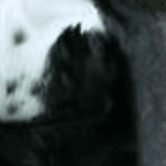

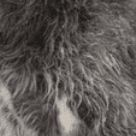





Known Diseases
Eye diseases
Often occur with allergies and intolerances.
Diabetes
The metabolic disease diabetes often occurs in overweight dogs.
Hip dysplasia (HD)
The hip dysplasia or hip joint dysplasia of the dog (HD) is a maldevelopment of the hip joint.
Other medium dogs
Useful Articles
You can find articles that might interest you in the dogbible blog to match your favorite breed.
Visit our magazineto stay up to date on dog trends.
To find out more, view our Privacy Policy
Find here the breed that suits you and find out what character traits it has. Here you can also learn more about the origin, size and weight of your favorite breeds.
Matching your favorite breed, you'll find articles that might interest you on the dogbible dog blog.
Dog and zodiac sign - which breed suits your zodiac sign?
5 tips for the dog's paws in the cold and snow
Hunting dog training: costs, procedure and duration
Dog ran away - what to do if the dog is gone?
4 tips against stress on the leash - when master, mistress and dog walk relaxed



